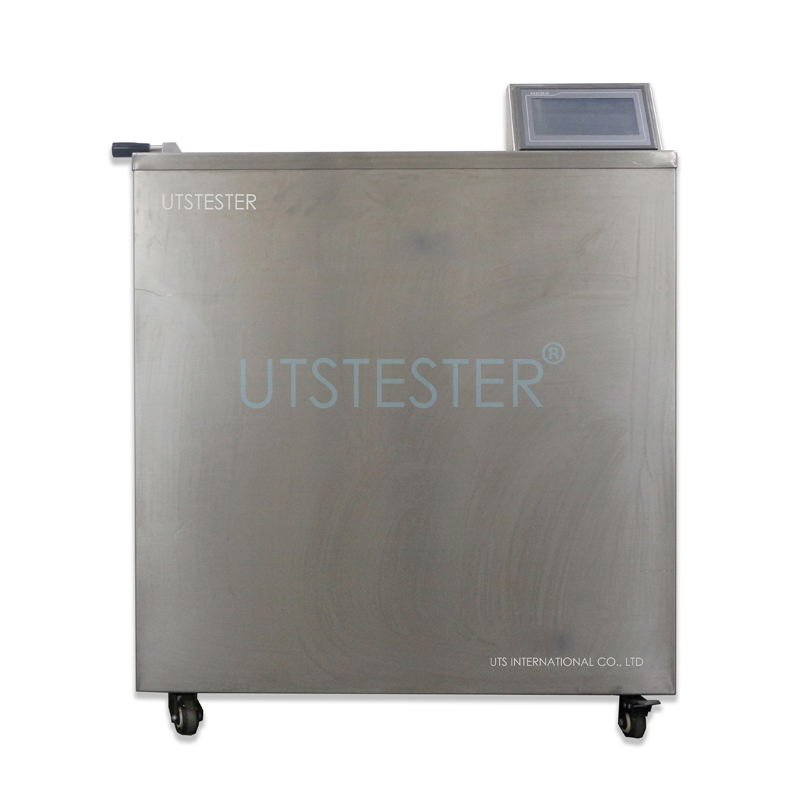 +86 152 6060 5085
+86 152 6060 5085
 +86 152 6060 5085
+86 152 6060 5085
2019-03-27
Textile colour fastness is the property of a dye to retain its colour when dyed (or printed) textile material is exposed to conditions or reagents that remove or destroy colour, such as light, sweat, atmospheric gases or detergents.A dye may be fairly fast for one reagent and only moderately fast for another.Colour fastness is tested through standard procedures and textile materials must usually meet certain fastness specifications for a specific purpose.
The washing fastness tester is a special instrument for testing and testing the washing fastness. It can be used for testing the washing fastness, dry cleaning fastness, rinsing fastness, washing powder efficiency and other tests of washing fastness and dry cleaning fastness of various textiles. The highest temperature is up to 95.
General principles:
The textile sample to be tested is washed with the attached adjacent fabric under specified conditions.Evaluate the degree of any change in color and the degree of dyeing of adjacent fabrics and grade them with the fastness number.
There are two types of adjacent fabrics: single-fiber and multi-fiber.In the case of multi-fiber fabrics, only one sample is required, whereas in the case of single-fiber fabrics, two adjacent fabrics are required.
Fastness to washing test:
It is always useful and interesting to test dyes on samples of yarn or fabric to be dyed.The result will depend on the fabric, the mordant used and the dye selected.It is best to test a series of labeled samples of peanuts that have been mixed with many different mordants.Light, water and washing fastness can be tested using simple standard test methods.

To test fastness to washing, perform the following steps:
Take two pieces of cloth about 5 cm by 5 cm, one of which is undyed cotton and the other is undyed wool.Join them together along one side.
Take some sample strips of dyed yarn and spread them evenly between the two pieces of cloth so that they overlap on both sides.If dyed fibers are being tested, a combed sample can be used instead of yarn.
Sew the four sides of the cloth to secure the yarn in place.
Similar samples are prepared with a dye material with satisfactory properties and placed in two canisters containing a spiral-capped solution containing a solution of 5gm of soap or detergent per liter at 30 degrees.
Gently mix the two POTS for 30 minutes, then remove the fabric and gently rinse with water for 5 minutes.Open the stitches and separate the pieces. Let dry in the air.Check:
Place dyed yarn next to untested samples of the same material and compare changes.Compared with the control sample, it has satisfactory performance.If the test stain shows the same or less variation as the satisfactory sample, it is as good as the satisfactory sample.
Wool and cotton are placed next to untested samples of the same material and compared with cloth that has been well dyed and tested.Equal or less staining shows the same or better fastness.
Email: hello@utstesters.com
Web: www.utstesters.com
Tel: +86 596 7686689
Direct line: +86 15260605085
Previous article :
Colour fastness test for textile clothingNext article :
Testing principle and matters needing attention of hydrostatic tester